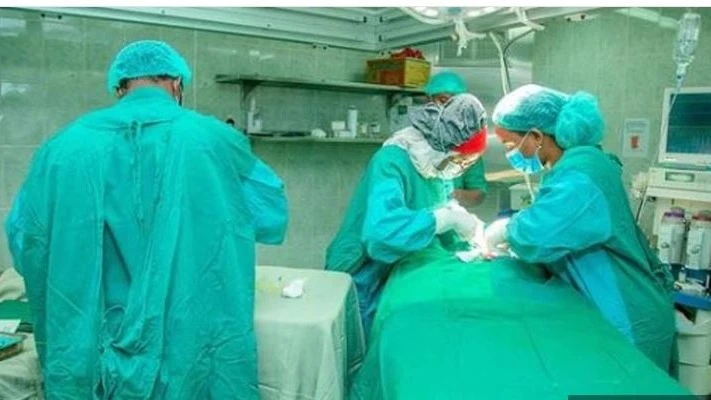Yes, innovation gaps do impede the taking up of clean cooking solutions

SOME clear thinking is beginning to emerge on issues relating to the take up of cleaner cooking energy solutions, the more energetic outreach solutions are intimated in the drive for a transition to this option. Deputy Premier Dr Doto Biteko was spot on in explaining to a technical audience that pressing issues are impeding an effective kick off into clean cooking energy transition. He said that the drive is hampered by clear innovation gaps as it requires proficient solutions that effectively meet diverse needs of energy users. Just slight awareness of cooking with gas reveals much of this.
One sphere that has been raised once in a while in past meetings is the limited low size cylinders, where the lowest sells at 25,000/- or so, whereas one can find a 1,000/- measure of charcoal in the neighbourhood. Refilling gas cylinders, or replacing empty ones with full cylinders is a middle class matter, with the cash always there, which isn’t the case with most neighbourhoods or households. Getting smaller cylinders is thus a component of the needed solutions, but the pricing has also to go down noticeably, so that purchasing say a filled cylinder at 5,000/- may last for a few days, and at the best of times it ought to last for a week with a four-member family, say.
None of these things are factually there at present, even before acute design or quality issues are added, for instance the relative inability to cook with singularly low fire, since the gas stoves tend to shoot up in an automated way,. One limitation could be the material used for cylinder manufacturing, it if gives way to heat and expands or creates gas emission space more than it should have. Thus there is a problem of slow cooking foods that can’t be subjected to gas cylinder or stove fire, save by having improved technical outlays where the food material can rotate around an artefact, etc.
There is an expression formed during the industrial revolution in Europe that a single need in industry gives a greater push to innovation or discovery than ten universities. Yet what can be done in this context is unclear as the rotation mechanism in cooking with gas is well established in middle class eating joints, while it poses problems with those just having cylinders and find acute inconveniences to use them in that state. Each tool in innovation has its drawbacks and maybe we won’t find solutions for all.
As the government has a whole series of technical institutions, machine building and maintenance facilities, not to speak of training or manufacturing outlays, placing an order for designer gas cylinders with specific innovations in their burning controls is not too ambitious as a goal. There isn’t enough competition for the gas cylinder firms to actually stake too much in research in that area, for it isn’t loudly talked about, and anyone who fees the problem has ‘Plan B’ on how to cook. The issue is left dormant while it remains factually the case that it disrupts plenty of efforts in transiting to gas.
With the technical audience there was greater talk on how electricity supplements gas as clean cooking solution, which can be widened by reference to biogas and how it can be used to generate electricity for limited zones in a neighbourhood. Solar energy has usually been a lighting solution rather than cooking, while wind-power is nearly rivalling hydropower as mass generation source for electricity. In other works these ingrained bottlenecks with using gas need technically proficient innovative solutions from public engineering units in particular and then added as regulatory by standards bodies. If it is private sector innovation it becomes part of a brand thus a bit confusing
Top Headlines
© 2024 IPPMEDIA.COM. ALL RIGHTS RESERVED

















